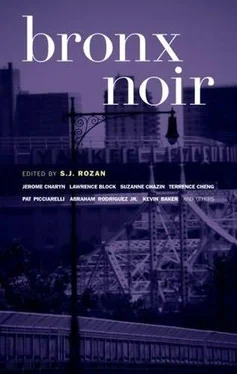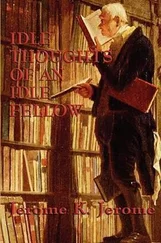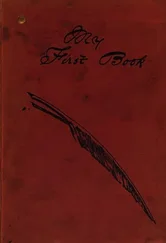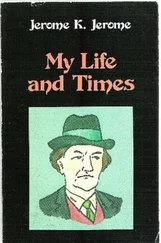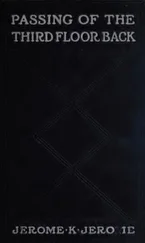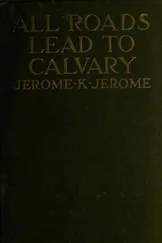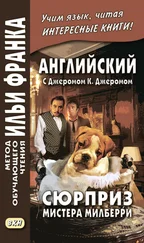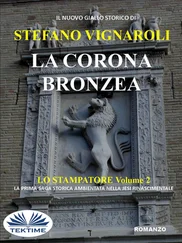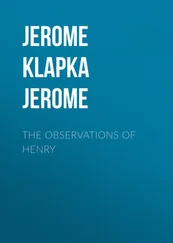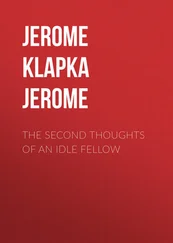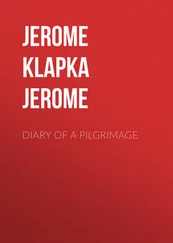With great admiration, the editor dedicates this book to
Grace Paley, whose childhood in the Bronx was happy.
Introduction
Welcome to Da Bronx
The Bronx is a wonderful place.
“Wonderful” in the literal sense: full of wonders. Wonders everyone’s heard of, like the Bronx Zoo and Yankee Stadium; wonders that make presidents cry, as Jimmy Carter famously did in 1977, standing in the rubble of the South Bronx; and wonders only we Bronxites seem to know about, like Wave Hill, City Island, and Arthur Avenue.
People are always discovering the Bronx. Native Americans, of course, discovered it first, fishing and hunting in its woods and streams long before Europe discovered the New World. The first European to settle north of the Harlem River was one Jonas Bronck, in 1639. Jonas and his family worked part of his huge swath of land and leased the rest to other farmers. Everyone in the area gave their address as “the Broncks’ farm,” giving rise to the “the” and eventually the “x.” (There — we’re giving you not only great stories, but a party trick fact.) And development and industrialization, sparked by the railroad in the early 1840s, probably took care of the “farm.”
In 1895, New York City discovered the Bronx, and Westchester discovered it didn’t own the place anymore. In 1914, New York State discovered it needed a sixty-second county, and Bronx County was born.
Immigrants discovered the Bronx in waves. Germans, Italians, and Irish came early, and then European Jews. The Grand Concourse, modeled on the Champs-Élysées in Paris, was built to draw them northward. In the 1960s, as the second and third generations of those immigrants moved to the suburbs, Puerto Ricans and blacks took their places. Now they’re being joined by Latinos from all over Central and South America, Caribbean islanders, Eastern Europeans, Africans, Asians, and, of course, yuppies. Sooner or later, everyone discovers the Bronx.
Parts of the Bronx suffered badly from the governmental anti-urbanism and heavy-handed “city planning” of the ’50s and ’60s, and to a lot of people “the Bronx” became another term for “urban decay.” ’Twas never true. Though the worst America has to offer its poorer citizens can be found in some areas of the Bronx — this is what brought Jimmy Carter to tears — great stretches are what they’ve always been: neighborhoods of working-class people, native-born and immigrants, looking for a break. And there were two-family row houses along Sedgwick Avenue, mansions in Riverdale, and fishing boats sailing out from City Island before, during, and after the filming of Fort Apache, The Bronx . (A personal note: In my previous life as an architect, my firm did the new building for the 41 stPrecinct, which had been Fort Apache until the city clear-cut the blocks around it and the NYPD started calling it Little House on the Prairie .)
If you want to discover the Bronx yourself, you might go up to Van Cortlandt Park to watch white-uniformed West Indians playing cricket on the emerald grass. They’re there most summer Sundays, just north of the swimming pool, south of a rowdy soccer game, west of the riding stable, and east of the elevated subway that runs along Broadway. That subway line — the Number 1, by the way, and need I say more? — ends there, at 242 ndStreet, but the Bronx goes on for another mile. Or you might try the Botanical Garden, the Zoo, the House That Ruth Built — Yankee Stadium, for you tinhorns — or the new Antiques Row just over the Third Avenue Bridge. These are all terrific destinations, but the real discovery will be the size of the place and the diversity of the lives you’ll glimpse as you pass through.
And in this wondrous Bronx, the exceptional writers in this collection have found noir corners, dark moments, and rich places of astonishing variety. You can’t pack so much yearning, so many people, such a range of everything — income, ethnicity, occupation, land use — into a single borough, even one as big as the Bronx, and not force the kind of friction that slices and sparks. The Bronx has been home to big-time gangsters — from the Jewish organized crime of Murder Inc. and the Italian Cosa Nostra to the equally organized drug-dealing gangstas of today. The Third Avenue El was a Hopperesque symbol of urban hopelessness; it’s been demolished, but trains on other lines still rumble through the roofscapes of the borough. Prosperity is increasing and drug use is decreasing, but the public housing projects in the Bronx are some of the nation’s largest and remain some of its toughest. Many places in the Bronx seem hidden in shadows, just as the Bronx itself is in Manhattan’s shadow. And dark stories develop best in shadows.
From Abraham Rodriguez, Jr.’s South Bronx to Robert Hughes’s Fordham Road, from Joseph Wallace’s Bronx Zoo to Terrence Cheng’s Lehman College, from Joanne Dobson’s post — WWII Sedgwick Avenue to Lawrence Block’s new wave — yuppie Riverdale, it’s all here. In this book, we offer a hint of the cultural, social, economic, and geographic range of the only New York City borough on the mainland of North America. Ladies and gentlemen, welcome to Da Bronx.
S.J. Rozan
The Bronx
June 2007
White trash
by Jerome Charyn
Claremont/Concourse
Prudence had escaped from the women’s farm in Milledgeville and gone on a crime spree. She murdered six men and a woman, robbed nine McDonald’s and seven Home Depots in different states. She wore a neckerchief gathered under her eyes and carried a silver Colt that was more like an heirloom than a good, reliable gun. The Colt had exploded in her face during one of the robberies at McDonald’s, but she still managed to collect the cash, and her own willfulness wouldn’t allow her to get a new gun.
She wasn’t willful about one thing: she never used a partner, male or female. Women were more reliable than men; they wouldn’t steal your money and expect you to perform sexual feats with their friends. But women thieves could be just as annoying. She’d had her fill of them at the farm, where they read her diary and borrowed her books. Pru didn’t appreciate big fat fingers touching her personal library. Readers were like pilgrims who had to go on their own pilgrimage. Pru was a pilgrim, or at least that’s what she imagined. She read from morning to night whenever she wasn’t out foraging for hard cash. One of her foster mothers had been a relentless reader, and Prudence had gone right through her shelves, book after book: biographies, Bibles, novels, a book on building terrariums, a history of photography, a history of dance, and Leonard Maltin’s Movie Guide , which she liked the best, because she could read the little encapsulated portraits of films without having to bother about the films themselves. But she lost her library when she broke out of jail, and it bothered her to live without books.
The cops had caught on to her tactics, and her picture was nailed to the wall inside post offices, supermarkets, and convenience stores; she might have been trapped in a Home Depot outside Savannah if she hadn’t noticed a state trooper fidgeting with his hat while he stared at her face on the wall.
Pru had to disappear or she wouldn’t survive her next excursion to Home Depot or McDonald’s. And no book could help her now. Travel guides couldn’t map out some no-man’s-land where she might be safe. But Emma Mae, her cellmate at Milledgeville, had told her about the Bronx, a place where the cops never patrolled McDonald’s. Besides, she hadn’t murdered a single soul within five hundred miles of Manhattan or the Bronx. Pru wasn’t a mad dog, as the bulletins labeled her. She had to shoot the night manager at McDonald’s, because that would paralyze the customers and discourage anyone from coming after her.
Читать дальше
